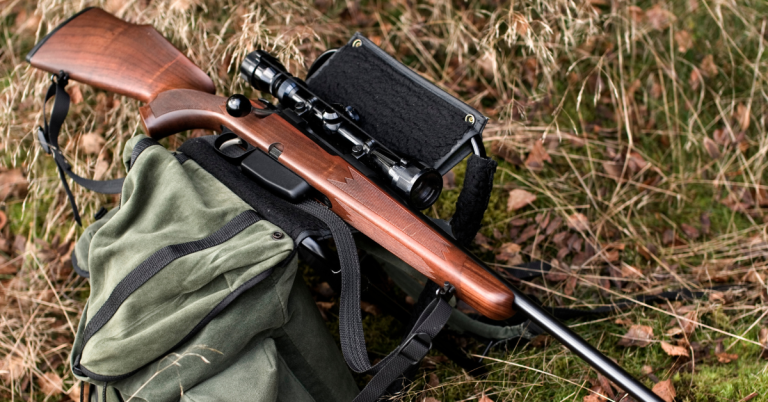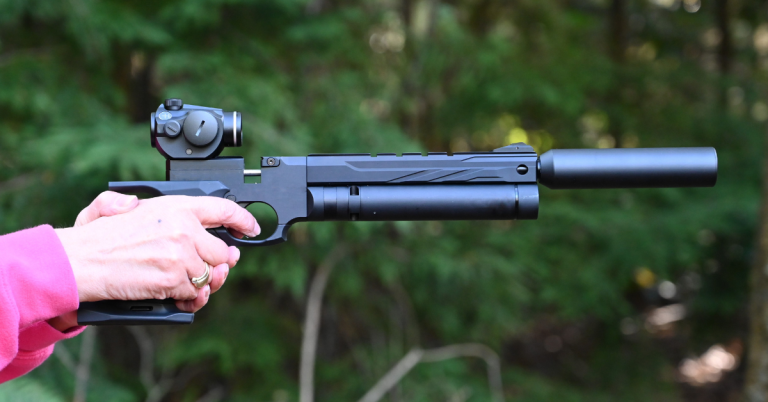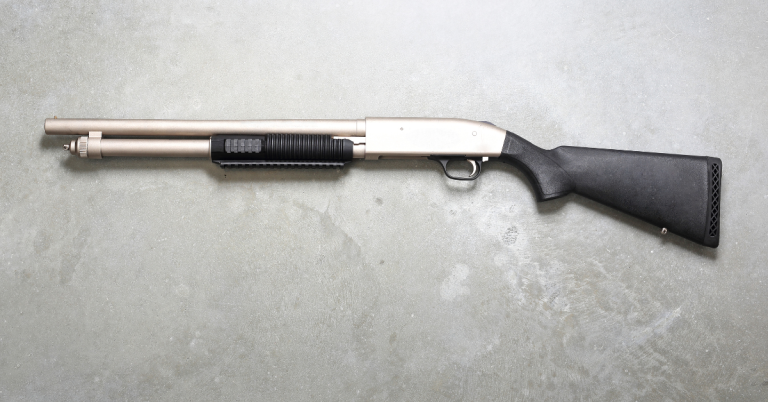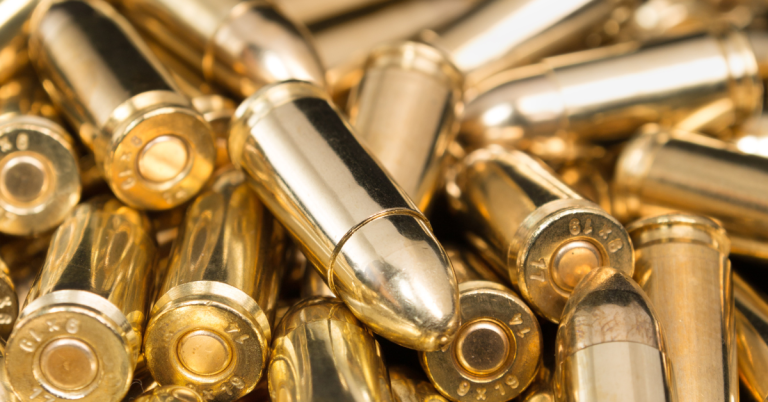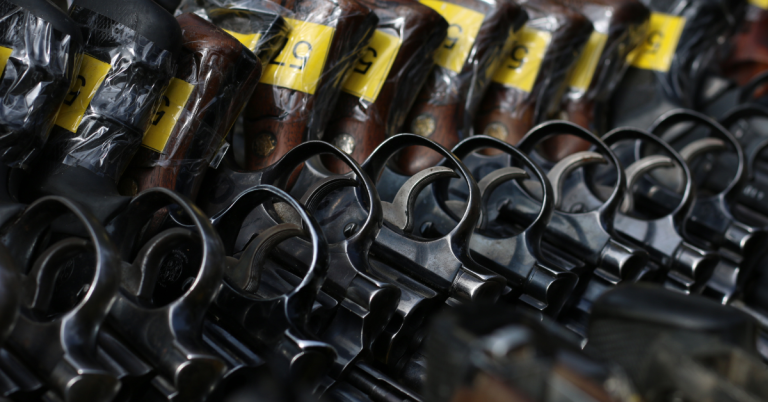How do you zero in a scope on an air rifle?
Zero in a scope on an air rifle is a critical step in ensuring your air rifle hits the target exactly where you aim. This process, also known as sighting-in, aligns the crosshairs of your scope with the point of impact of the pellets at a specific distance. Here’s a step-by-step guide to help you zero in on your scope for pinpoint accuracy.
Step 1: Mounting Your Scope
Before you begin zeroing, ensure your scope is properly mounted. The scope should be securely fastened and aligned with the barrel. Use a level to check that the scope is mounted horizontally and vertically straight.
Step 2: Establishing a Baseline
- Choose a Distance: Start at a close range, typically 10 to 25 yards, to establish a baseline for adjustments.
- Set Up a Target: Use a target with a clear bullseye and grid lines for easier adjustments.
Step 3: Taking Initial Shots
- Stable Position: Place your rifle on a steady rest, like sandbags or a shooting rest, to eliminate movement.
- First Grouping: Fire a group of three to five shots at the target. Aim for the bullseye with each shot.
Step 4: Analyzing the Grouping
- Measure the Grouping: Use the grid on the target to measure how far off the center your shots are landing.
- Adjust for Windage and Elevation: Use the turrets on your scope to adjust the crosshairs. Move them in the direction you want the shots to go. If your shots are hitting left, adjust right, and vice versa. The same goes for elevation.
Step 5: Fine-Tuning
- Repeat the Process: After making adjustments, fire another group of shots.
- Refine Your Adjustments: Continue the process of measuring and adjusting until your shots consistently hit the bullseye.
Step 6: Confirming Zero
Once you’ve dialed in your scope at a close range, move back to a longer distance, such as 50 yards, and confirm that your scope is still zeroed. Make any necessary fine adjustments.
Tips for Success
- Be Consistent: Use the same type of pellets for zeroing that you’ll use for shooting.
- Take Your Time: Don’t rush the process. Patience is key to accurately zeroing your scope.
- Record Your Settings: Once zeroed, note down the settings for future reference.
Conclusion
Zeroing your air rifle scope is a straightforward process that requires patience and precision. By following these steps, you’ll ensure that your air rifle is accurate and reliable for whatever your shooting needs may be. Remember, safety first—always handle firearms with care and follow proper shooting protocols.
FAQs
What are the common mistakes to avoid when zeroing an air rifle scope?
1. Not checking the rifle’s stability and recoil management before starting the zeroing process.
2. Neglecting to check for loose screws or mounts on the scope and rifle, which can affect accuracy.
3. Failing to account for environmental factors like wind and temperature, which can influence pellet trajectory.
How often should I re-zero my air rifle scope?
It’s recommended to check the zero before any significant shooting session, especially if the rifle has been transported or handled roughly. Additionally, a change in altitude or climate can necessitate re-zeroing
Can the type of air rifle affect how I zero my scope?
Yes, different air rifles, such as spring-piston, gas-piston, or pre-charged pneumatic (PCP) rifles, may have varying recoil patterns and power levels, which can impact the zeroing process.
Is there a difference in zeroing a scope for hunting versus target shooting?
For hunting, you may want to zero your scope at a longer distance to account for the typical range at which game will be encountered. For target shooting, the zero distance will depend on the competition rules or personal preference.
What accessories can help improve the zeroing process?
1. A laser bore sighter can help you get on paper quickly without wasting pellets.
2. High-quality mounts with recoil absorption can maintain the scope’s zero better on powerful air rifles.
3. Using a chronograph to measure pellet velocity can aid in making more precise adjustments for bullet drop at various distances.


